Anne Noble
Observations from the Critical Zone
31 October - 30 November 2019
“What did the tree learn from the earth to be able to talk with the sky?” 1
The title of this exhibition, Observations from the Critical Zone, riffs off a science initiative that focusses on ‘The Critical Zone’, which is a descriptor for that living, breathing, near surface layer of the earth that is experiencing catastrophic (and invisible) loss of biodiversity. Part lover of science, part interrogator of science, I began this project with an absurd question, Do trees talk? One answer to that question is, Of course they don’t. They don’t have language. But what might I do to find out? Sit by a tree and hear it whispering? Or investigate, adopting, with quasi scientific seriousness, a method to measure the tenor of the conversations between trees.
I have always been fascinated by the idea that bees have language and the thought that a hive is a conscious entity uniting complex aural and sensory communication mechanisms. I have listened to the tuneful hum of a healthy hive and observed bees conversing through touch, vibration and their wonderful dance. I have also heard the sound of a queen-less hive, and felt it as a groaning body of bees, humming all together a series of discordant lower tones. I have no doubt that a colony of bees maintains its complex interior world within the hive and its relationship to the world beyond through a language that has nothing to do with words.
And so to my questions, inspired by a little quote from Pablo Neruda’s Book of Questions: Do trees talk? And if they talk how might we understand them?
While talking trees appear in literature and films, they are flights of our fancy – anthropomorphised creatures given mouths that speak the language of human beings. I am interested in the notion of a tree language that is not framed with reference to human speech but as a language we cannot hear, recognise or understand. I like to imagine a forest or the bush operating like colony of bees, with its own complex interconnected consciousness, engaged in eons-long conversations way beyond human comprehension. While there are many reflections on this notion in contemporary ecological writing, Observations from the Critical Zone has its source in my musings on the nature of language itself.
Walter Benjamin, in his famous essay entitled On Language as Such, and on the Language of Man,2 says this: … there is no event or thing in either animate or inanimate nature that does not in some way partake in language. An understanding of language as an inherent attribute of all living and non-living things, in turn suggests that language is an interconnecting force linking organisms, matter and phenomena within complex environments and systems.
Perhaps then trees can be heard, and their language might be visualized as a strange inscribing of processes occurring over time that resound within and for a specific material community – like a forest. This language would be, in Benjamin’s words, … immediate and infinite like every linguistic communication. … And it is magical (for there is also a magic of matter).3
Reread today, Benjamin’s Language of Things invites us to reframe how we imagine and see the collective worlds of bees and the forest, and the conversations inherent in them.
One of my first quasi scientific experiments was to bury film in this precious zone of the earth – The Critical Zone – with the idea of tracing tree signatures – musing about the possibility of capturing some form of tree language through the conceit of burying a line of film – a medium receptive to the passage of time and chemical signatures – in the ground between two trees.
– Anne Noble
1 Pablo Neruda, “The Book of Questions”, Copper Canyon Press, UK, 2001
2 Walter Benjamin, “On Language as Such and on the Language of Man” in: One-way street, and other writings, transl. by Edmund Jephcott, Kingsley Shorter, London: NLB, 1979, p. 107-123
3 Ibid
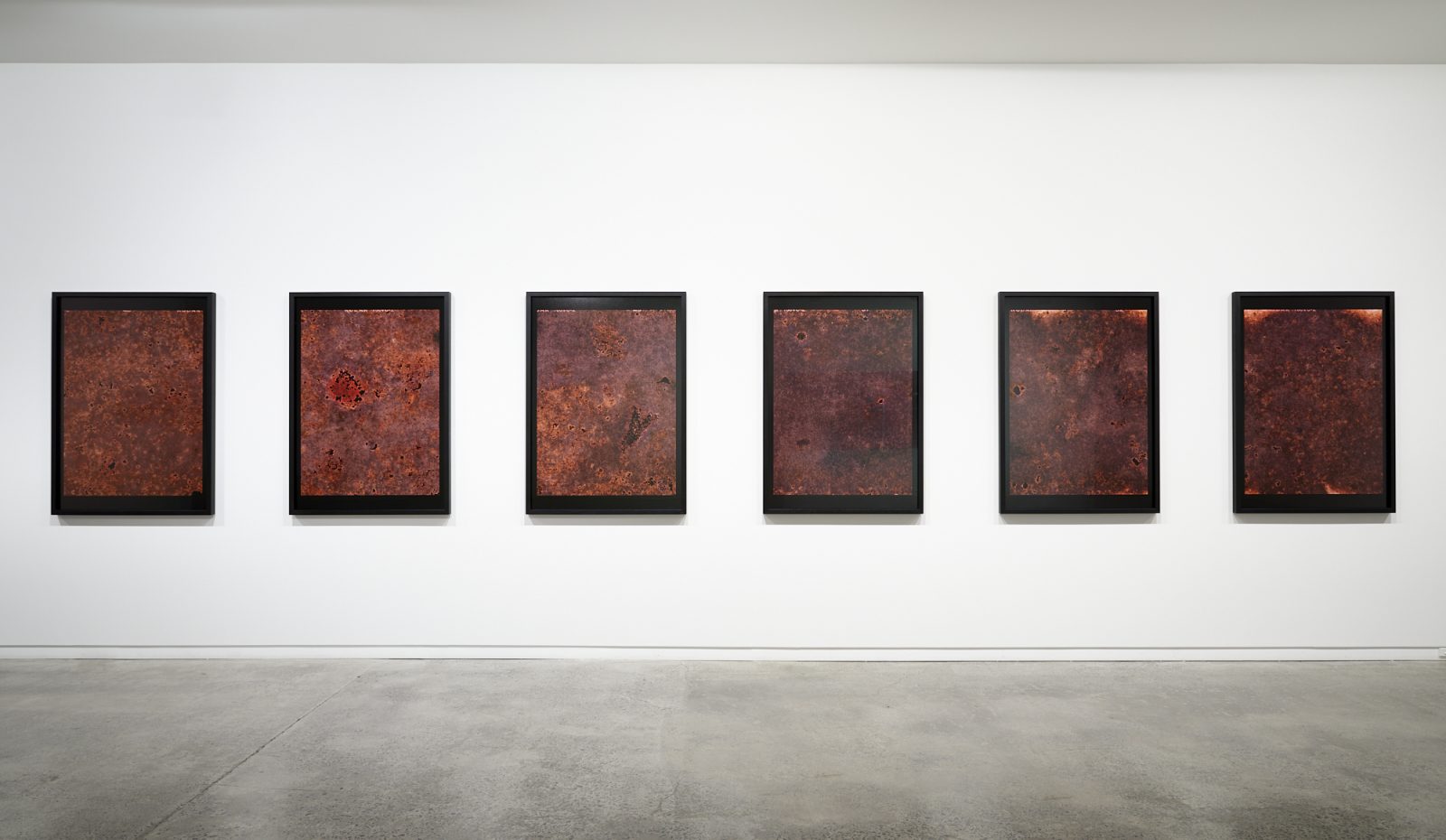
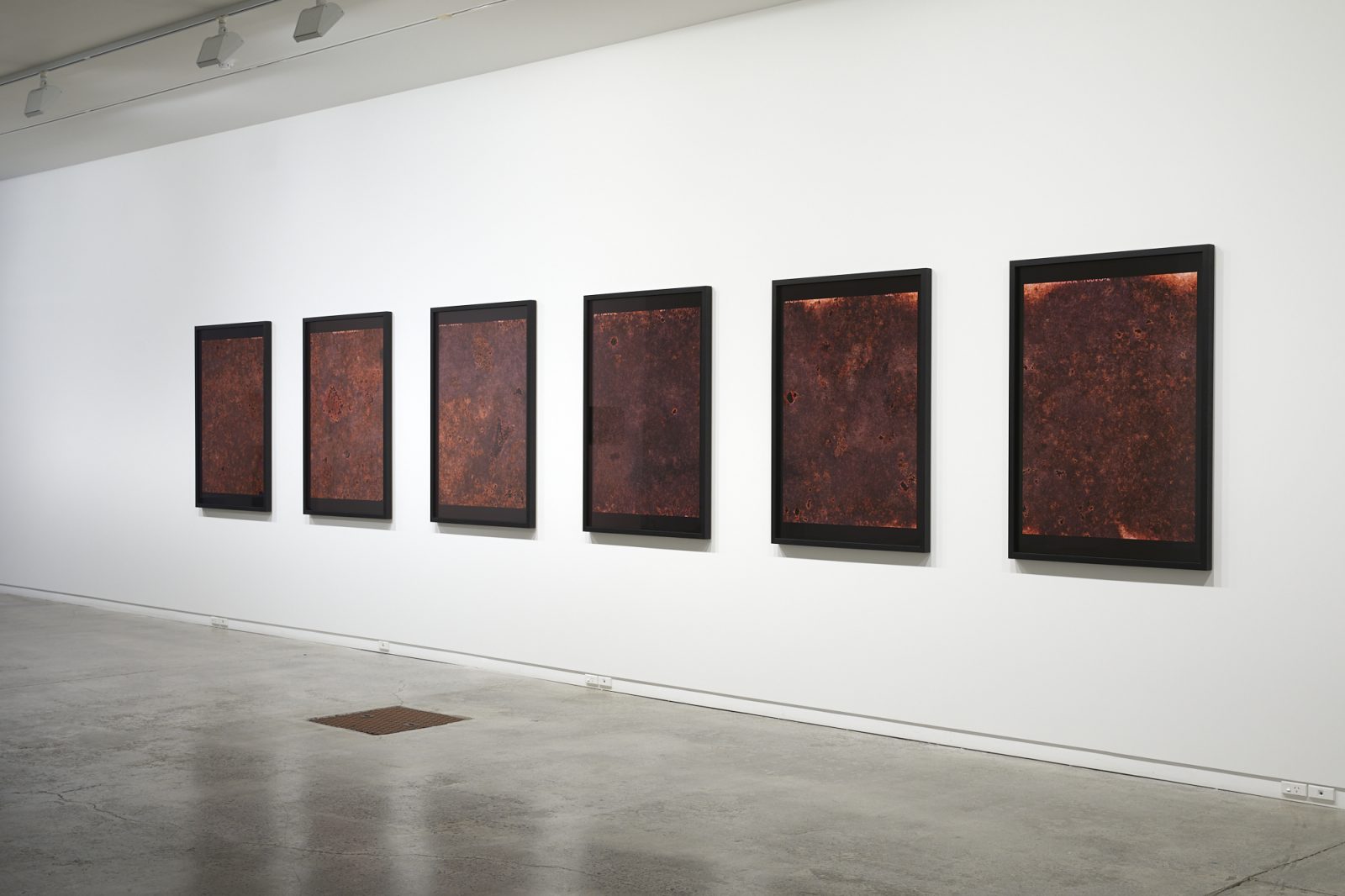
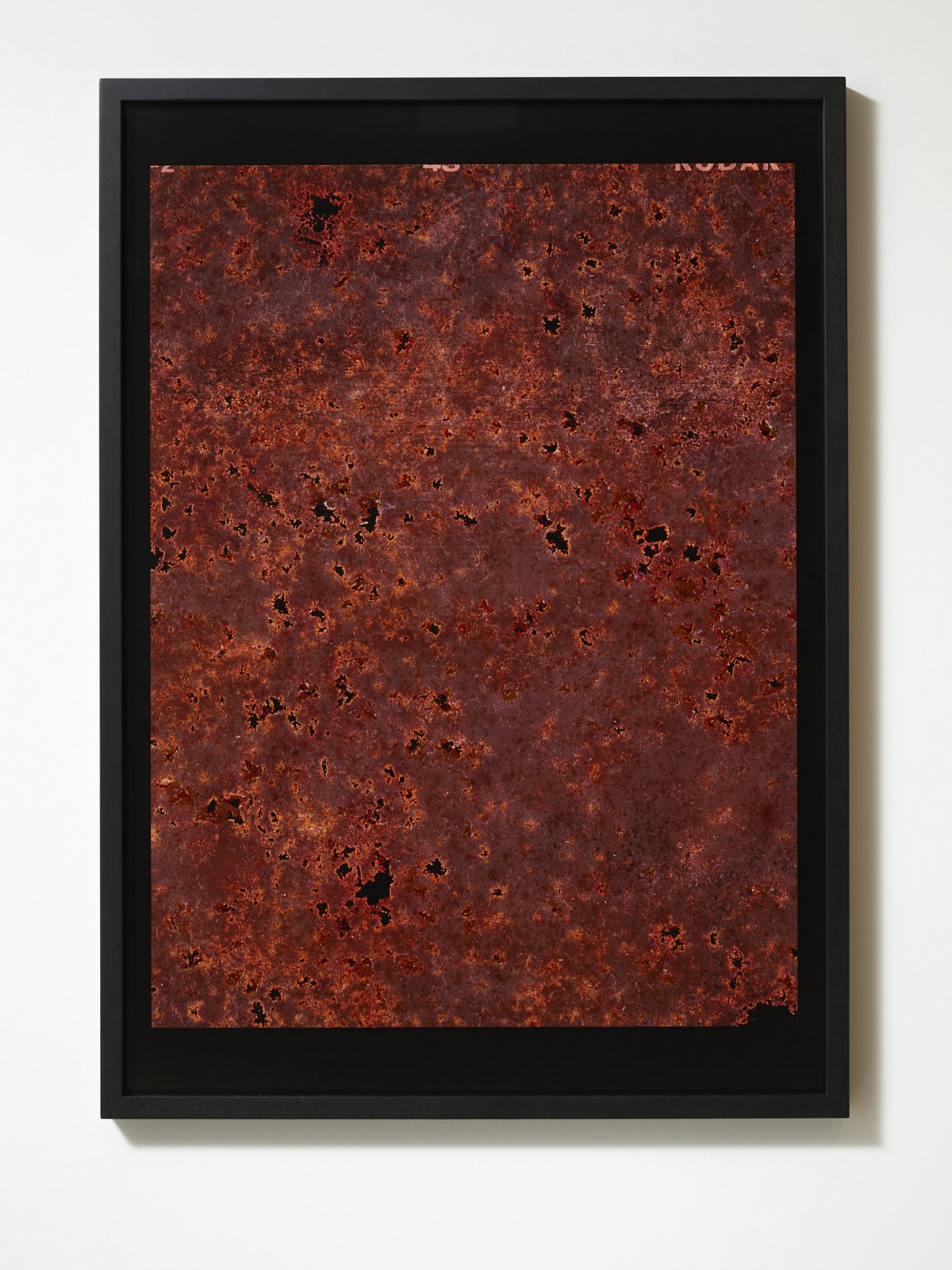
1280 x 922 mm framed
edition 1 of 7
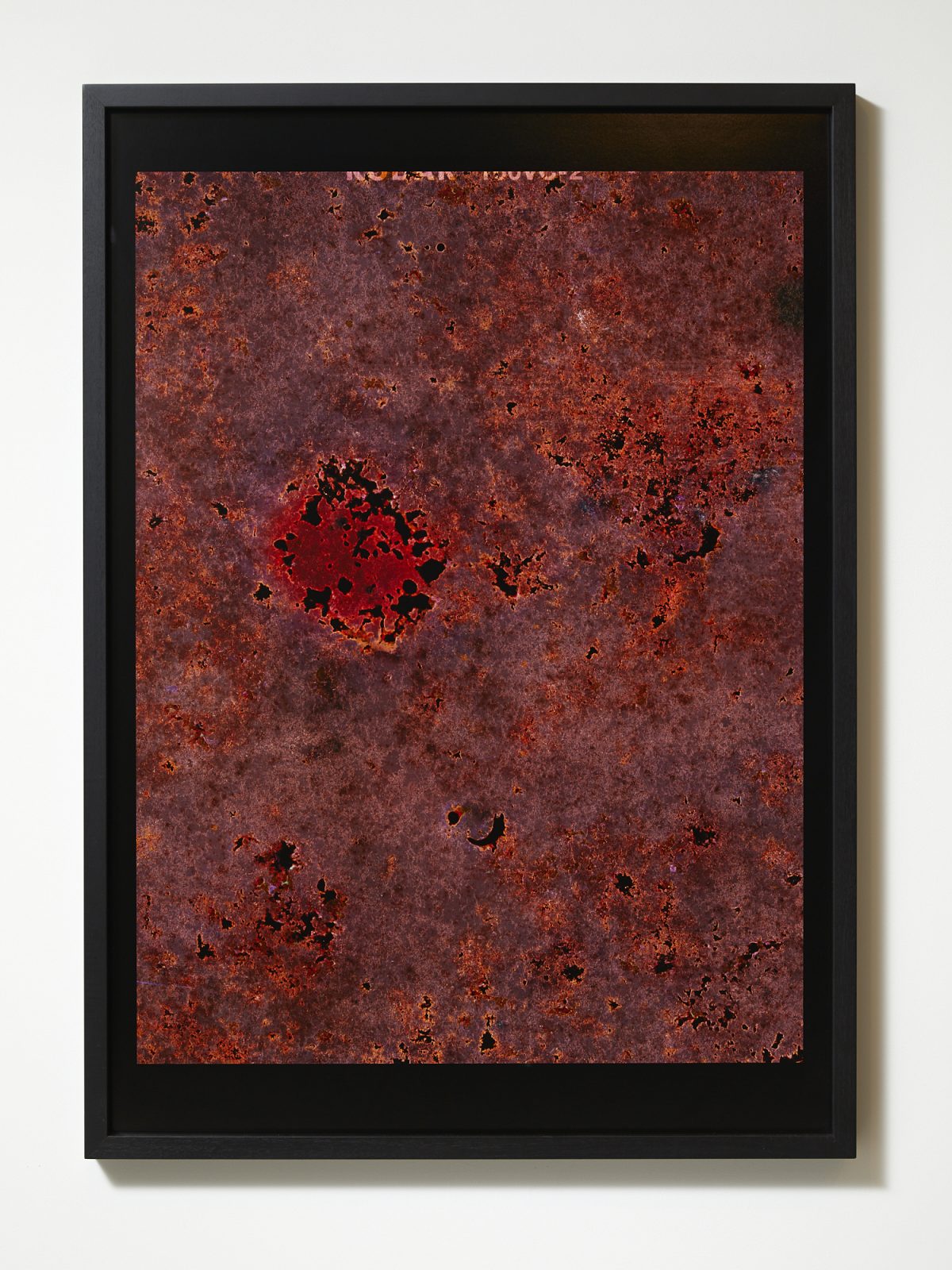
1280 x 922 mm (framed)
Edition of 7
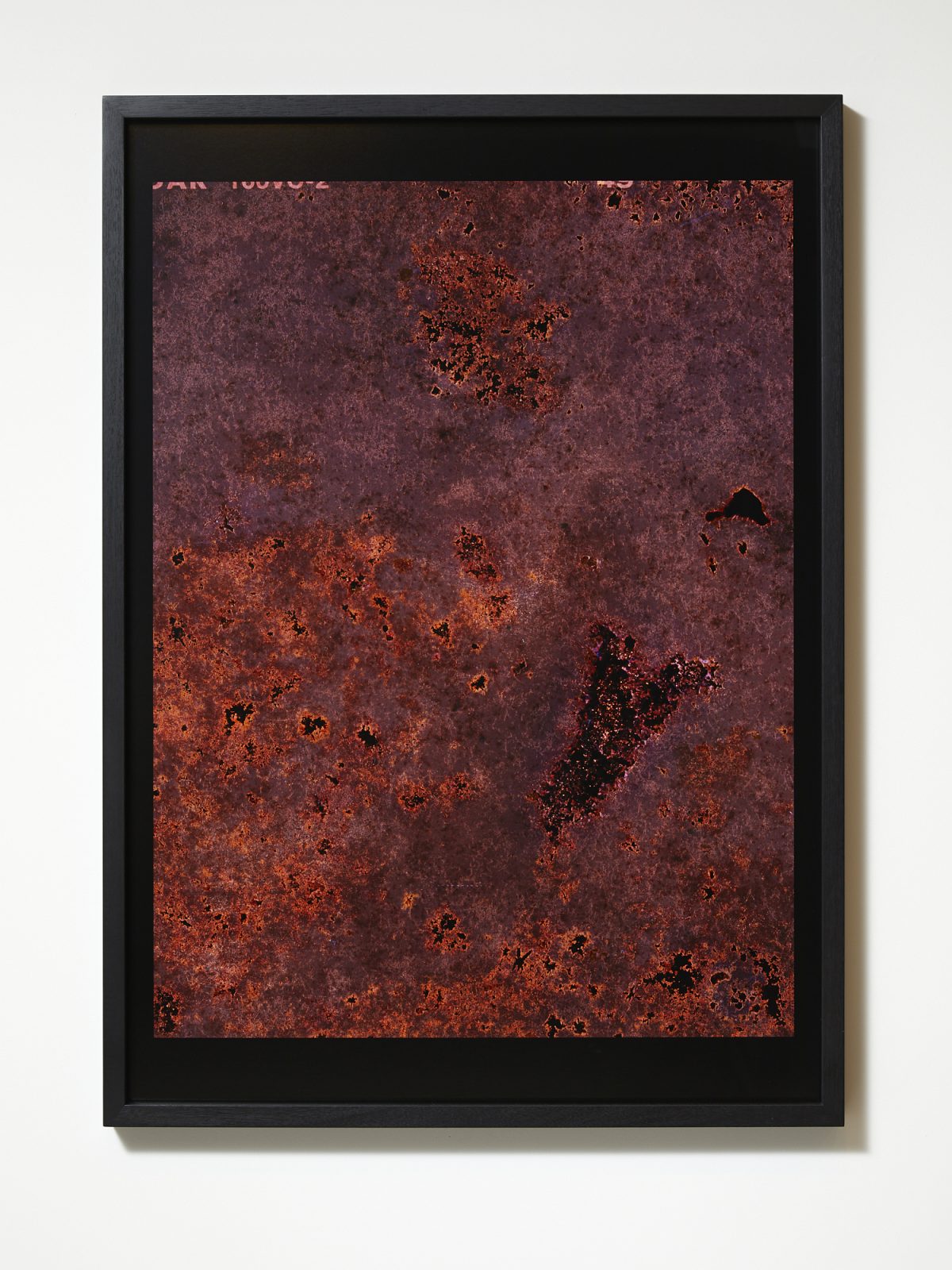
1280 x 922 mm (framed)
Edition of 7
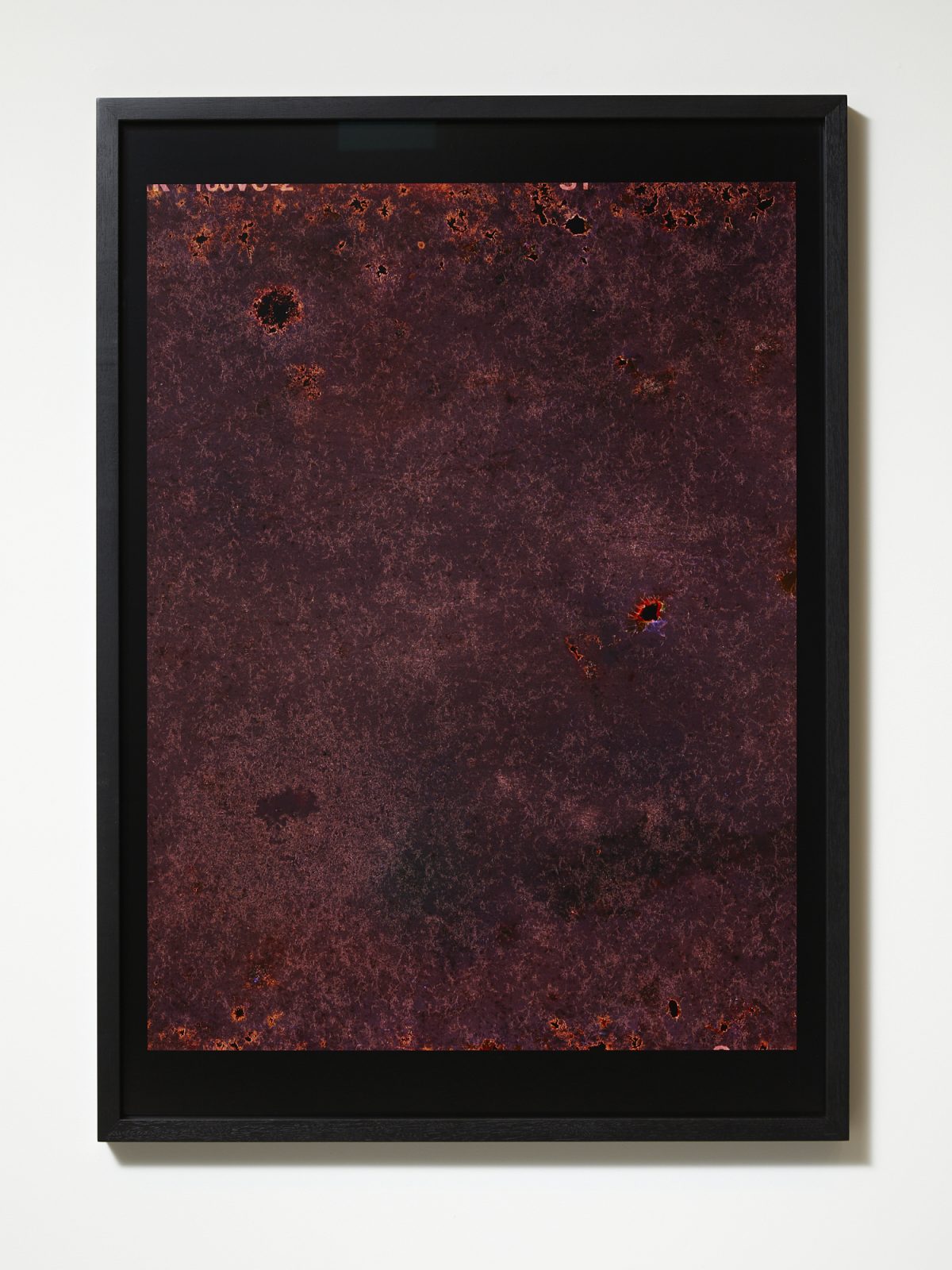
1280 x 922 mm (framed)
Edition of 7
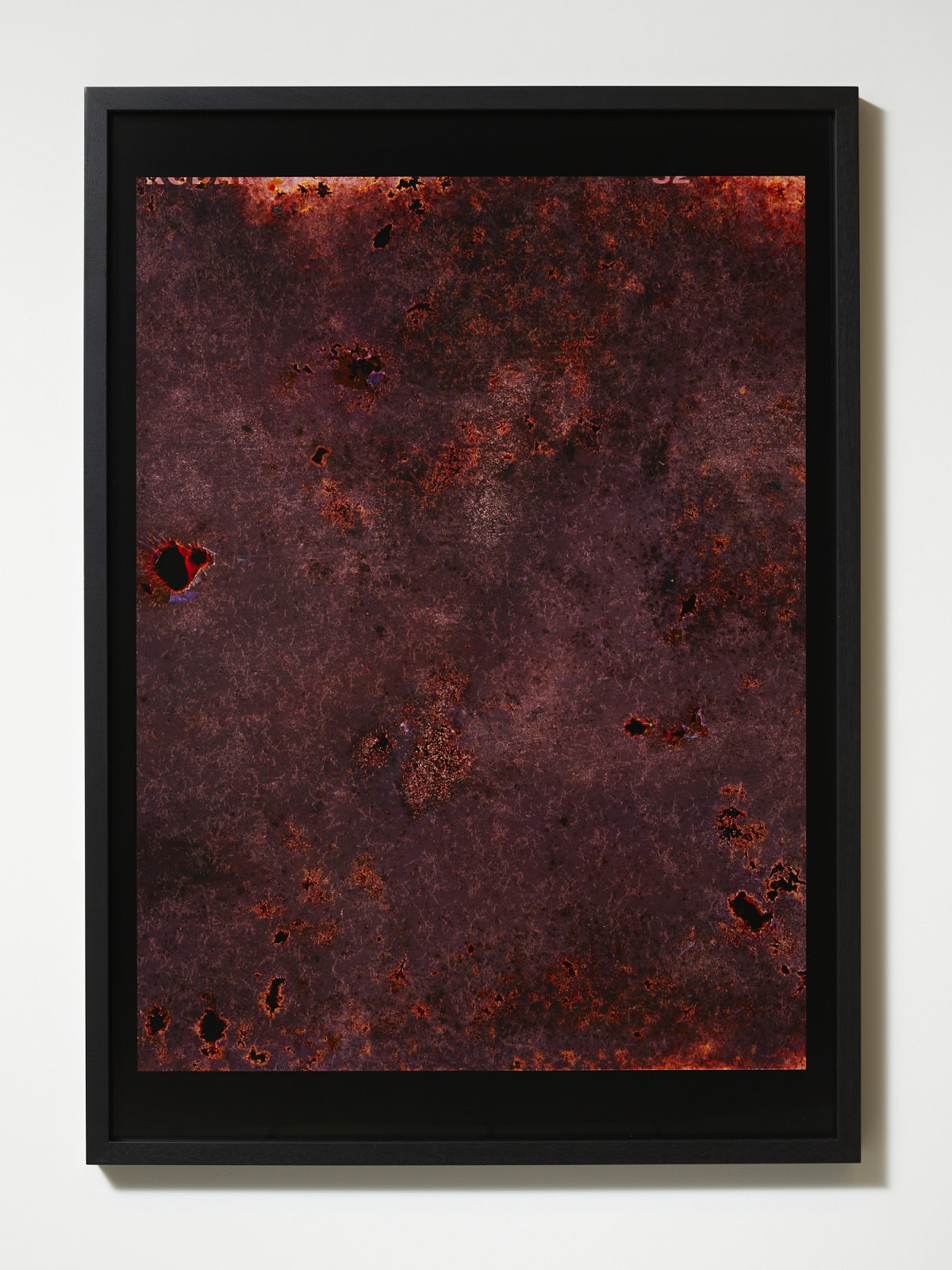
1280 x 922 mm framed
edition 1 of 7
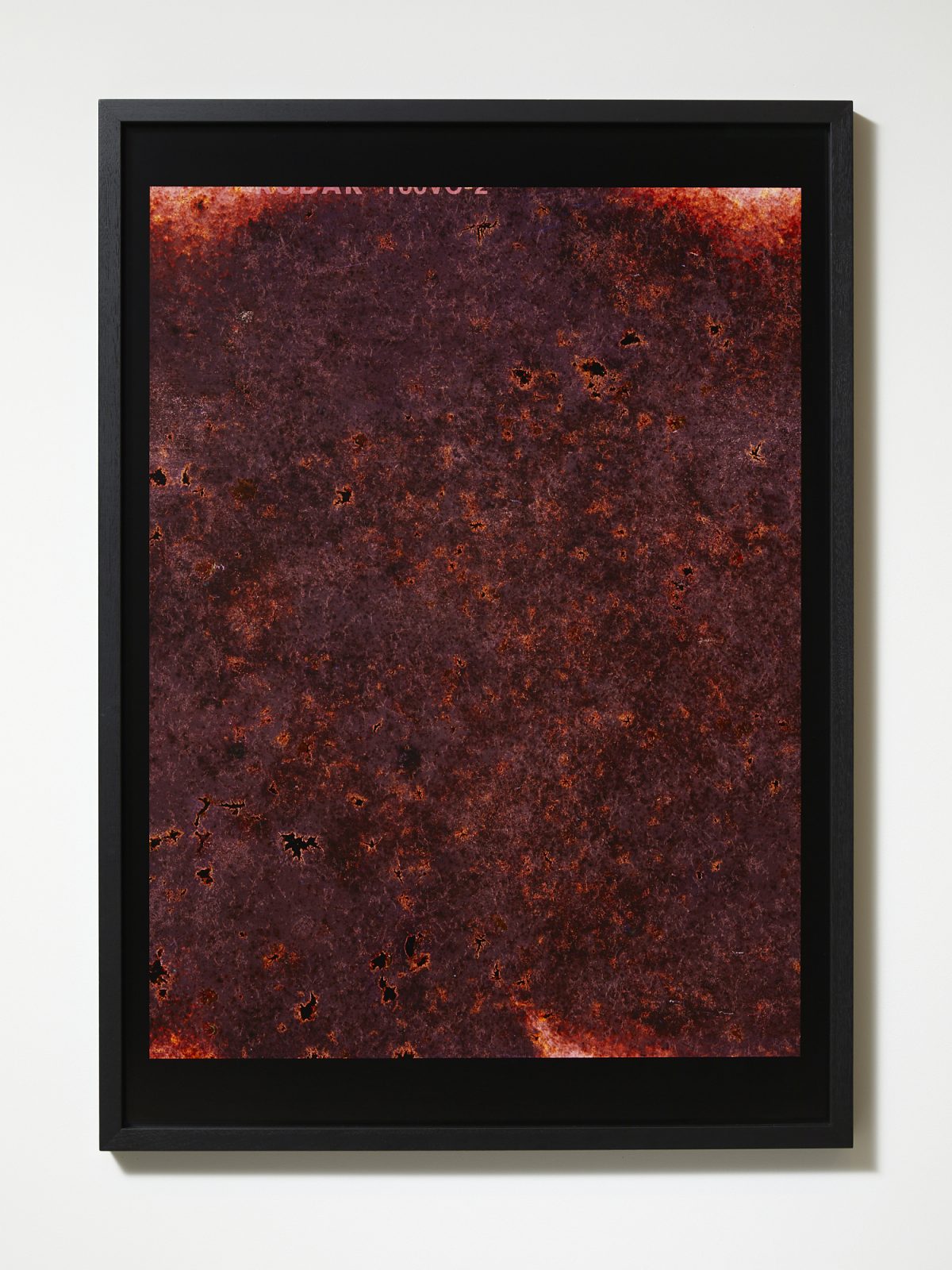
1280 x 922 mm framed
edition 1 of 7
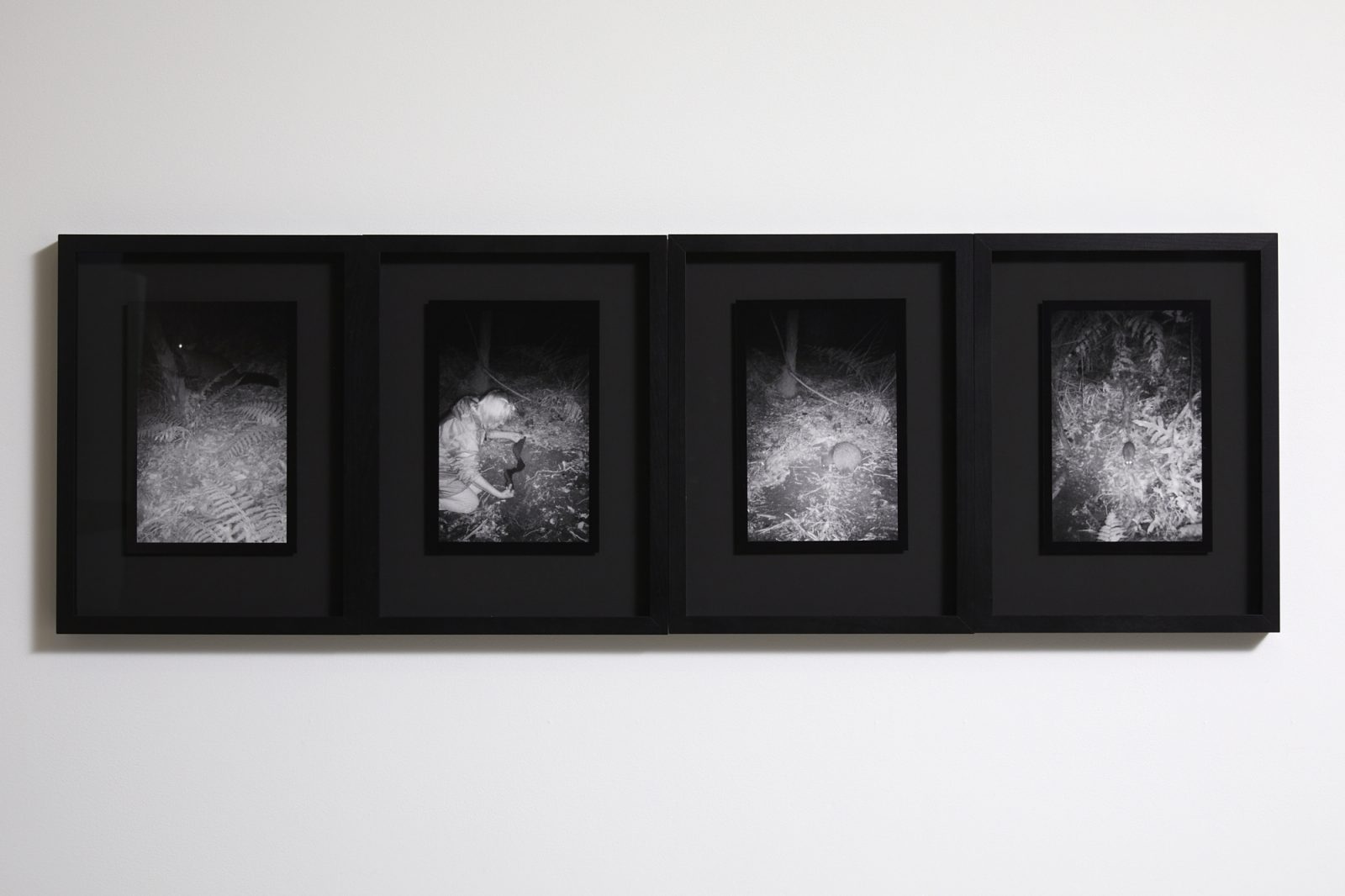
405 x 310 mm framed
edition 1 0f 7
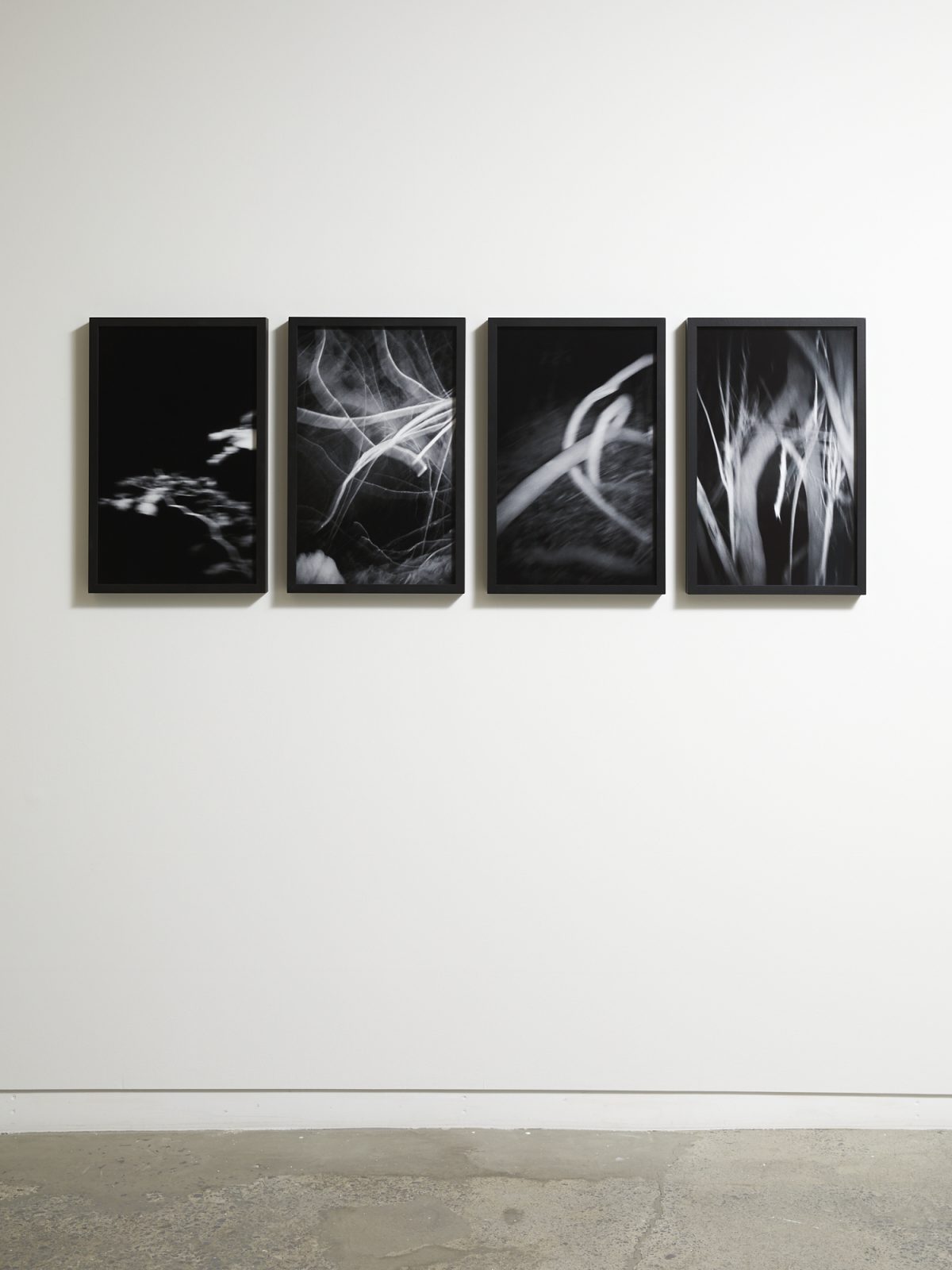
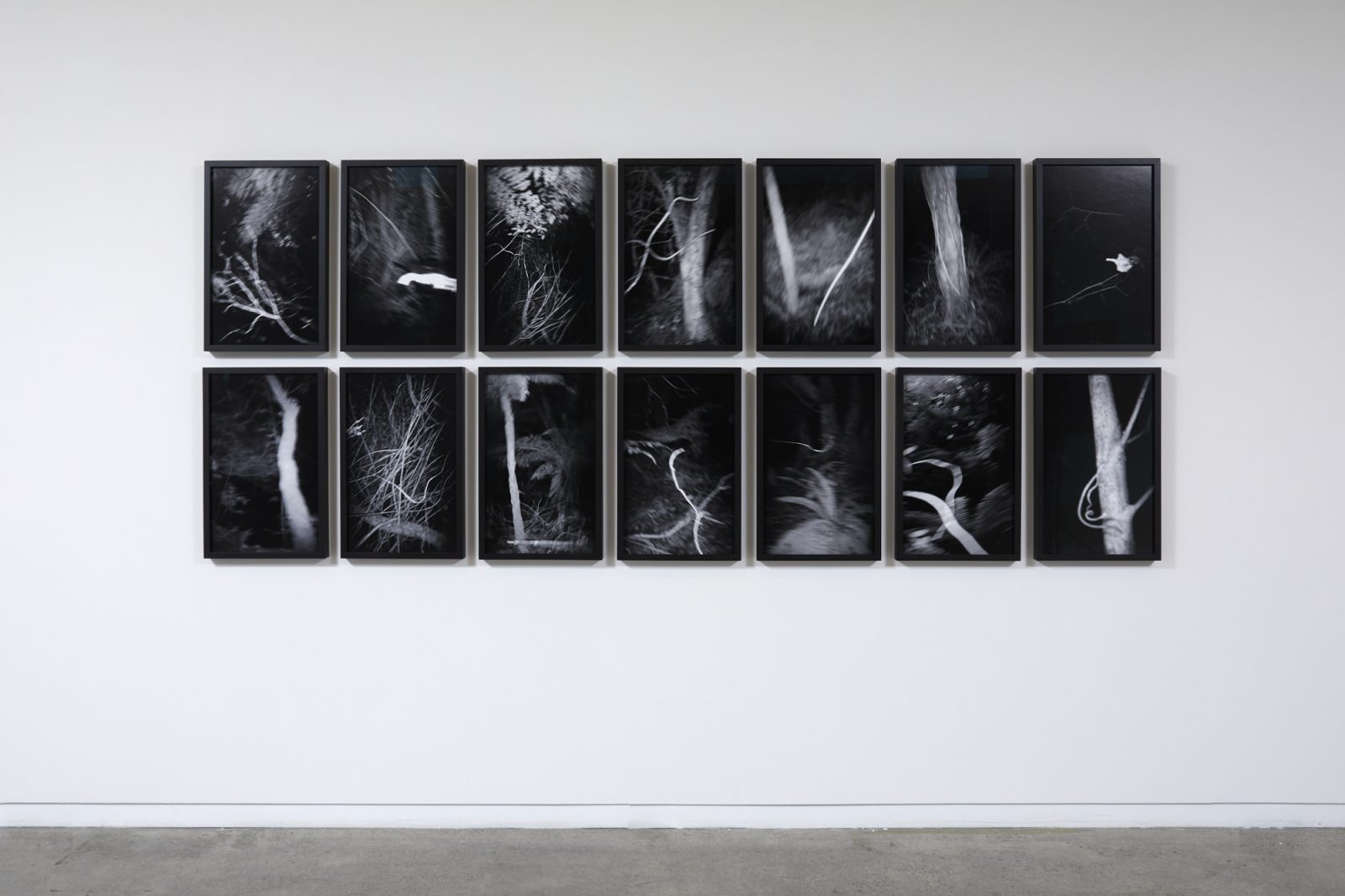
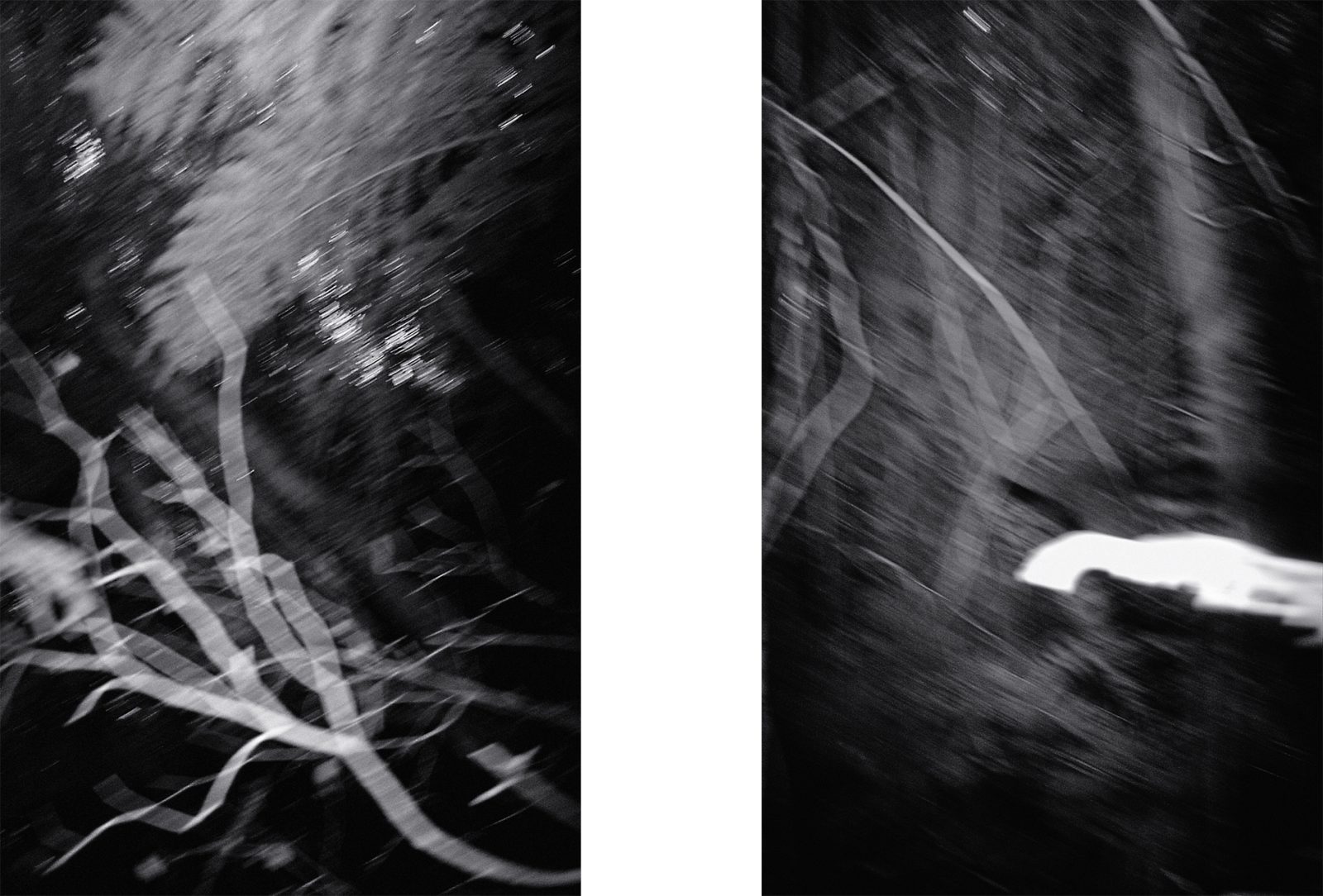
Pigment print on Canson Baryta paper
610 x 395 mm each
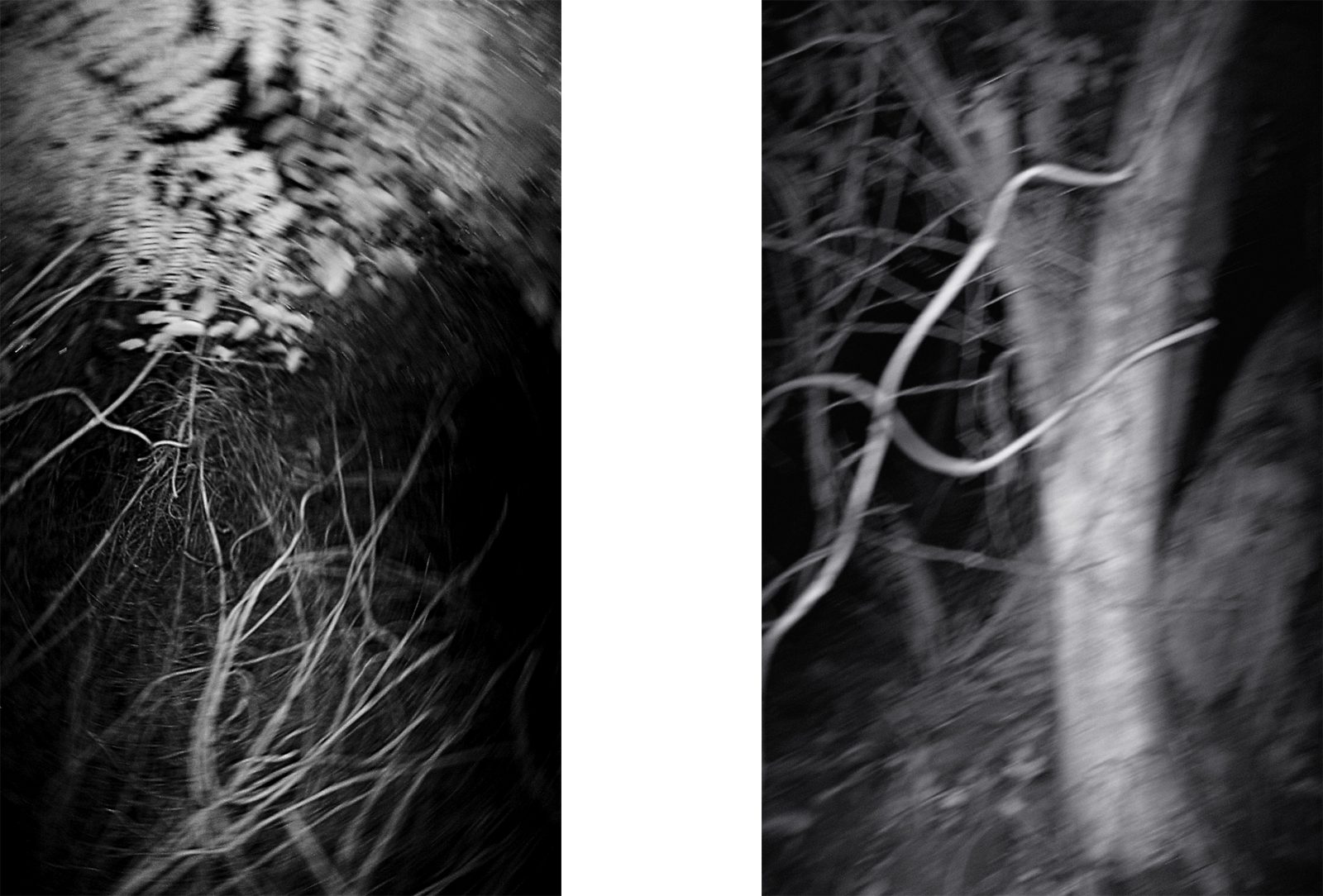
Pigment print on Canson Baryta paper
610 x 395 mm each
Edition of 7
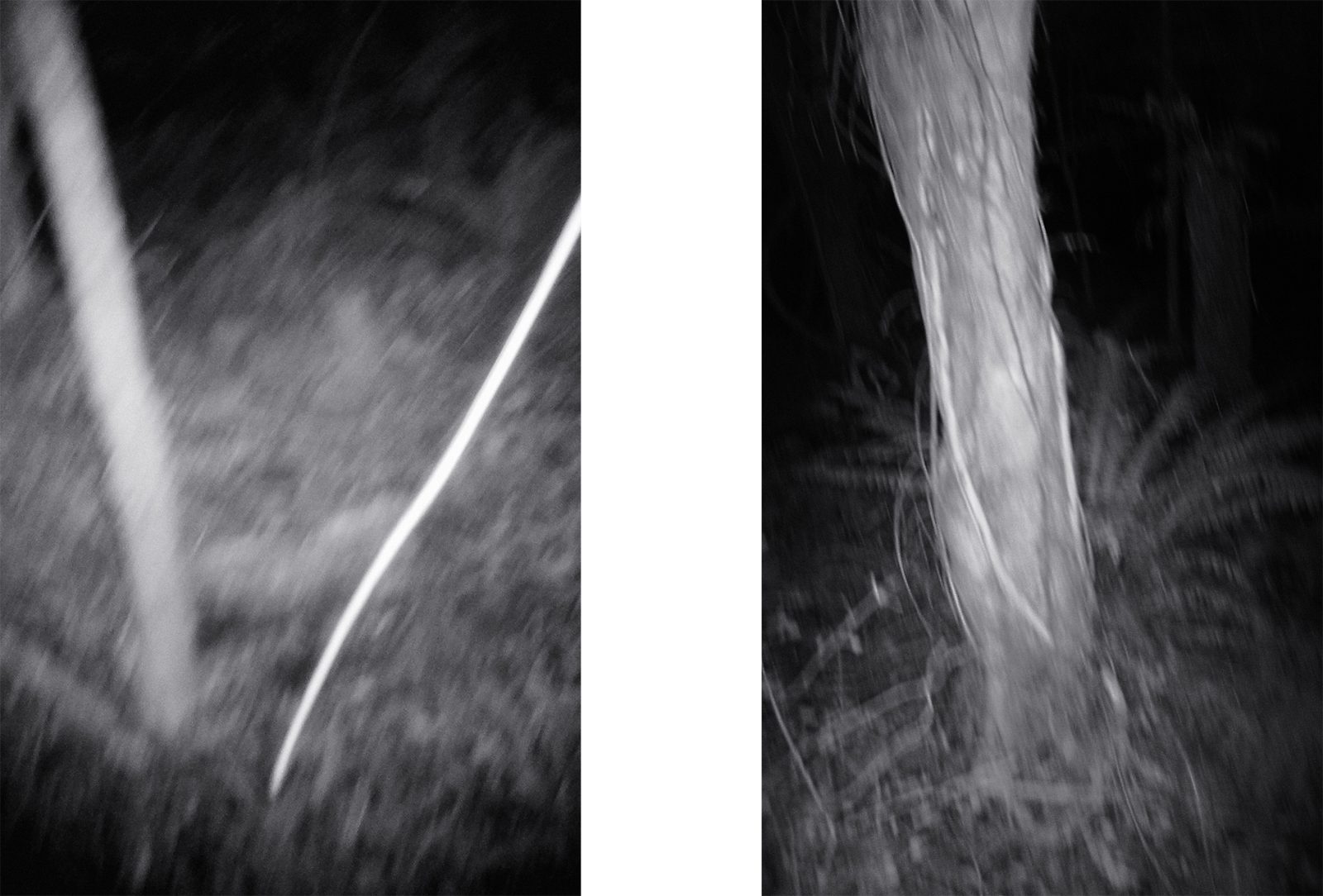
Pigment print on Canson Baryta paper
610 x 395 mm each
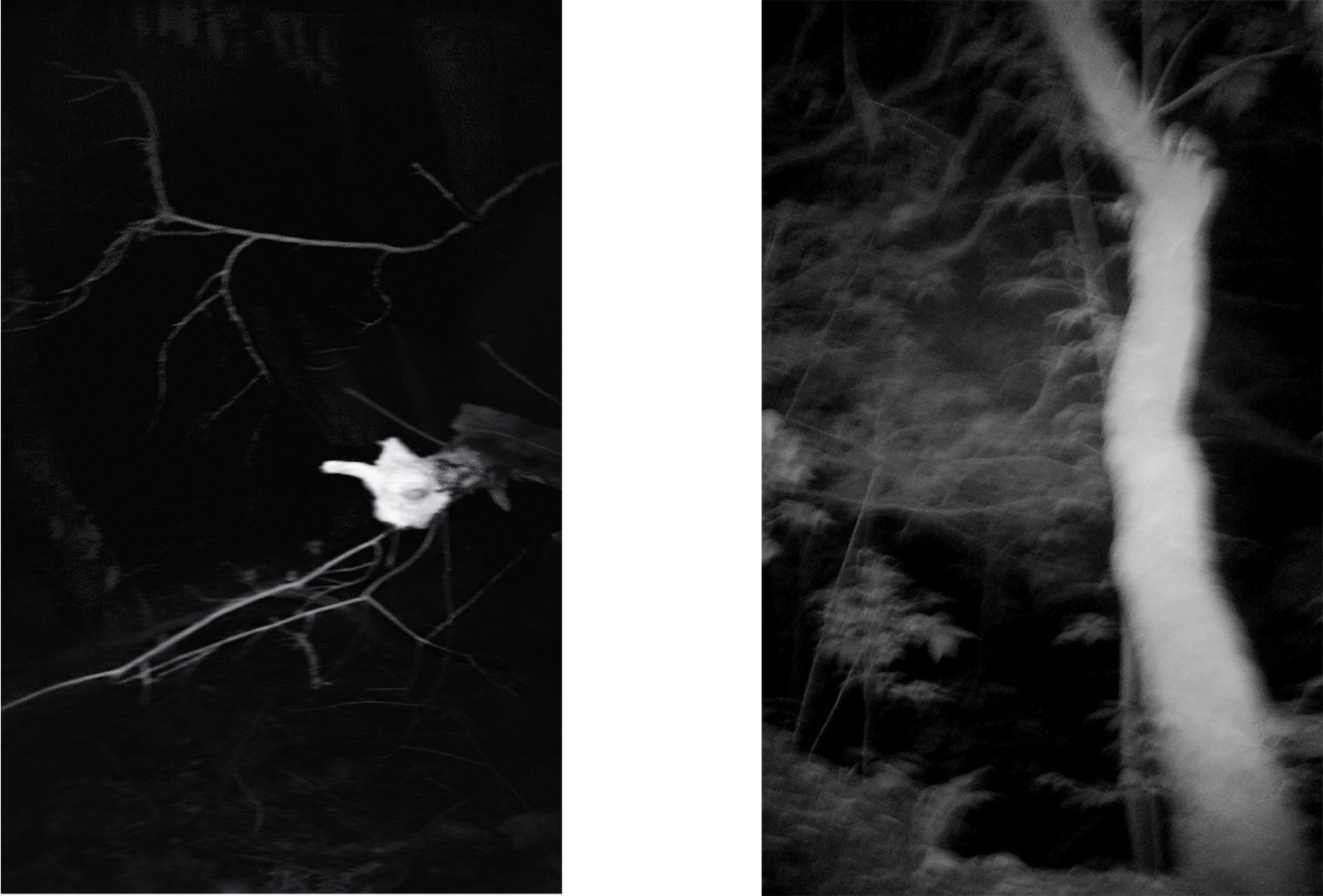
Pigment print on Canson Baryta paper
610 x 395 mm each
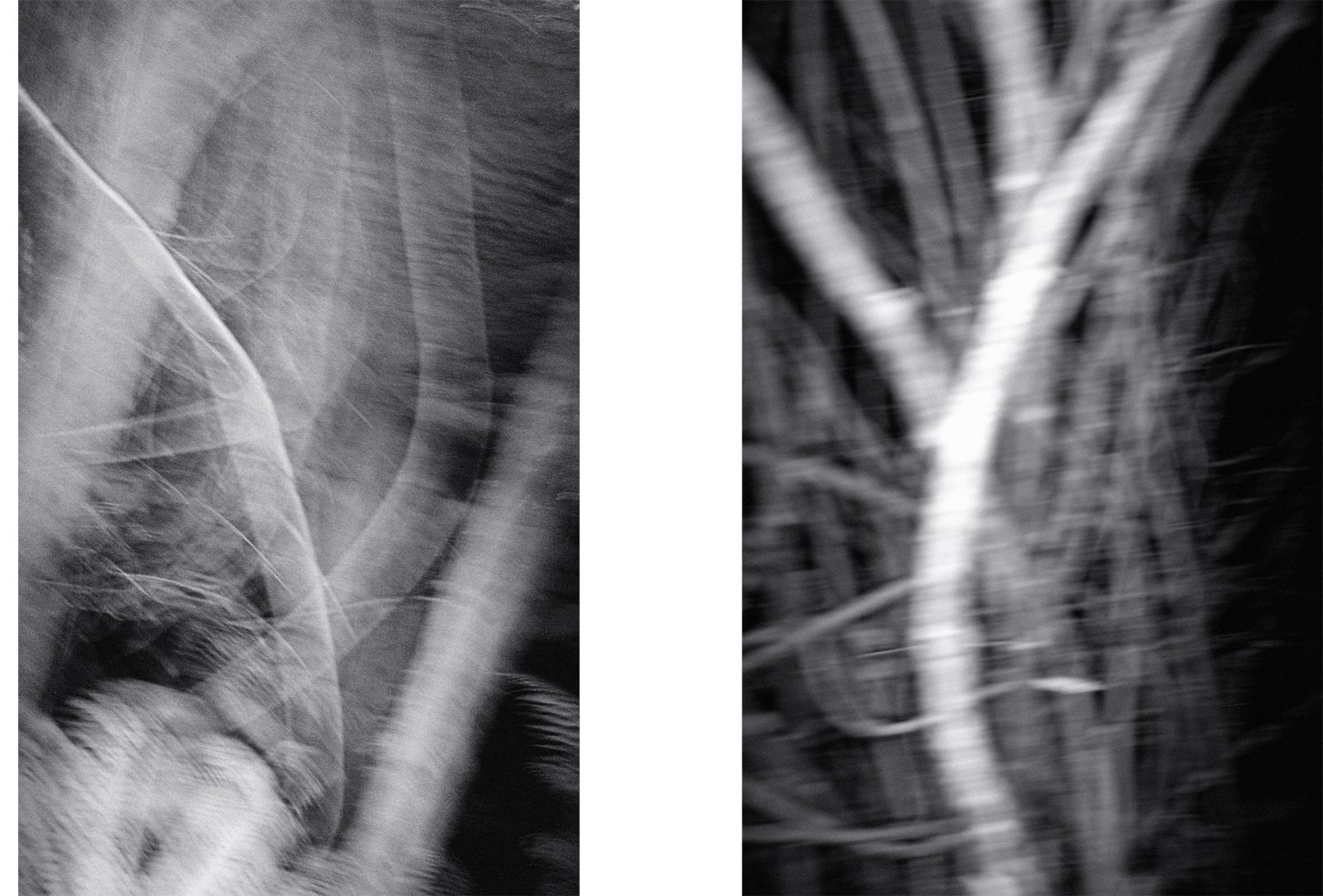
Pigment print on Canson Baryta paper
610 x 395 mm framed
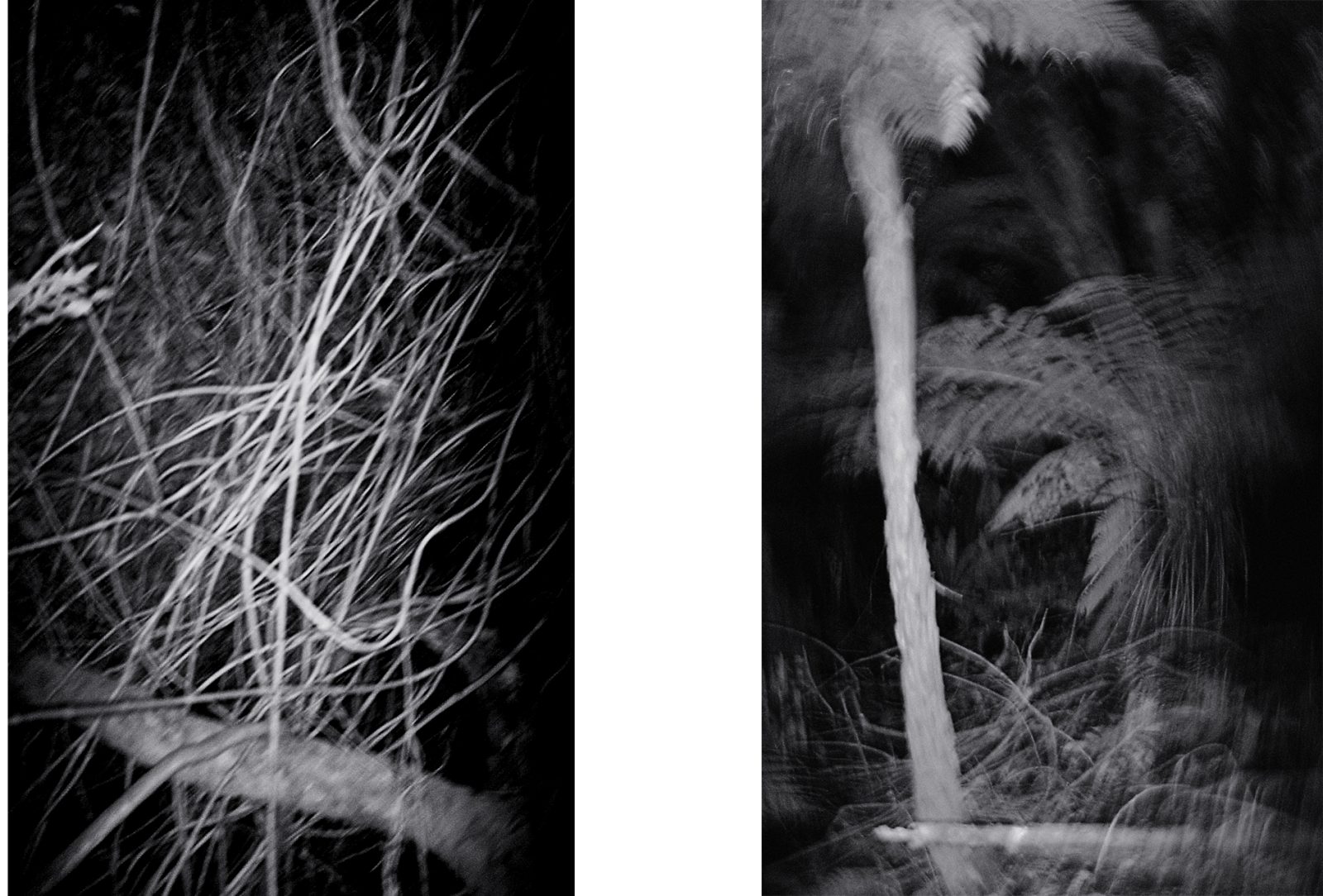
Pigment print on Canson Baryta paper
610 x 395 mm each
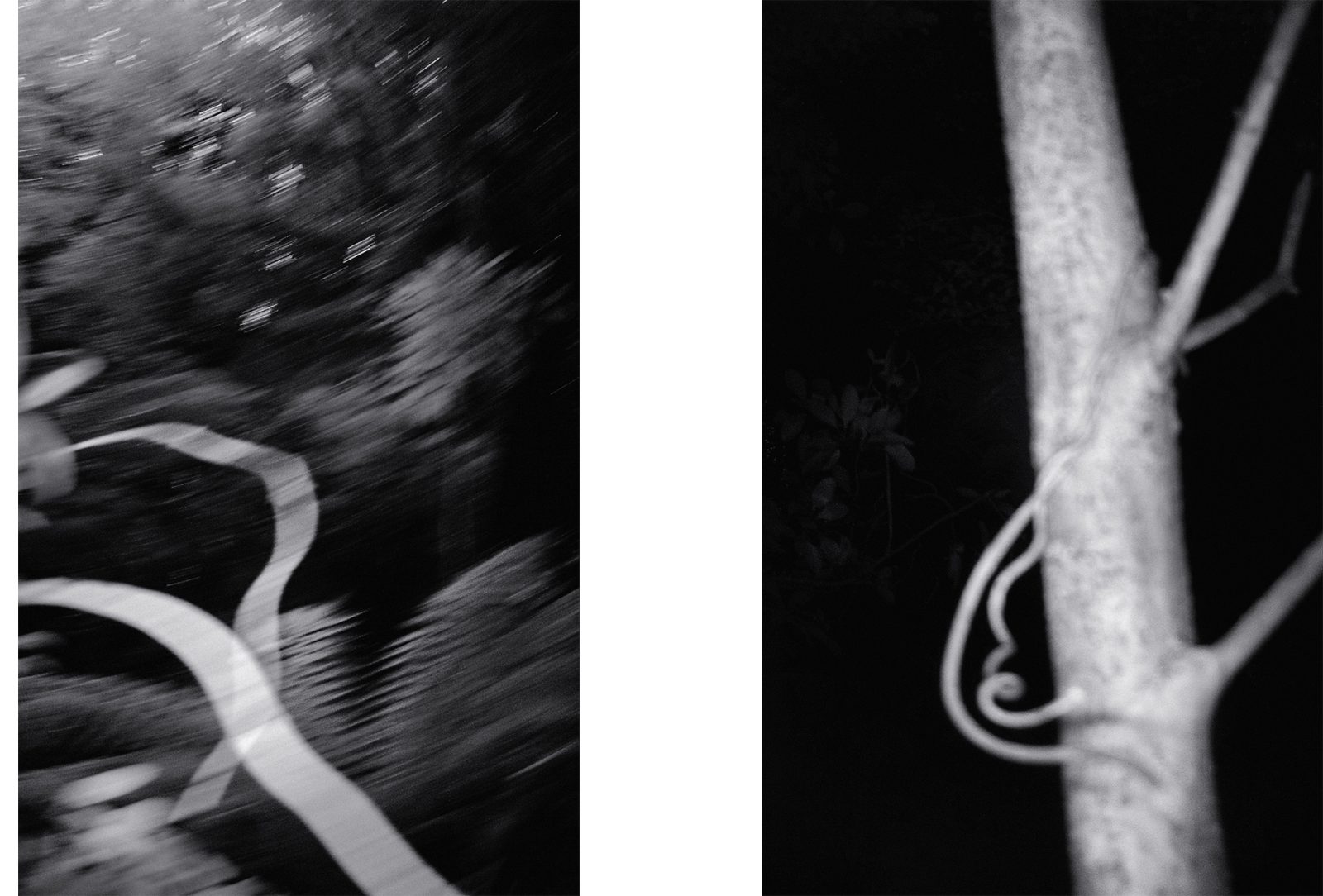
Pigment print on Canson Baryta paper
610 x 395 mm each
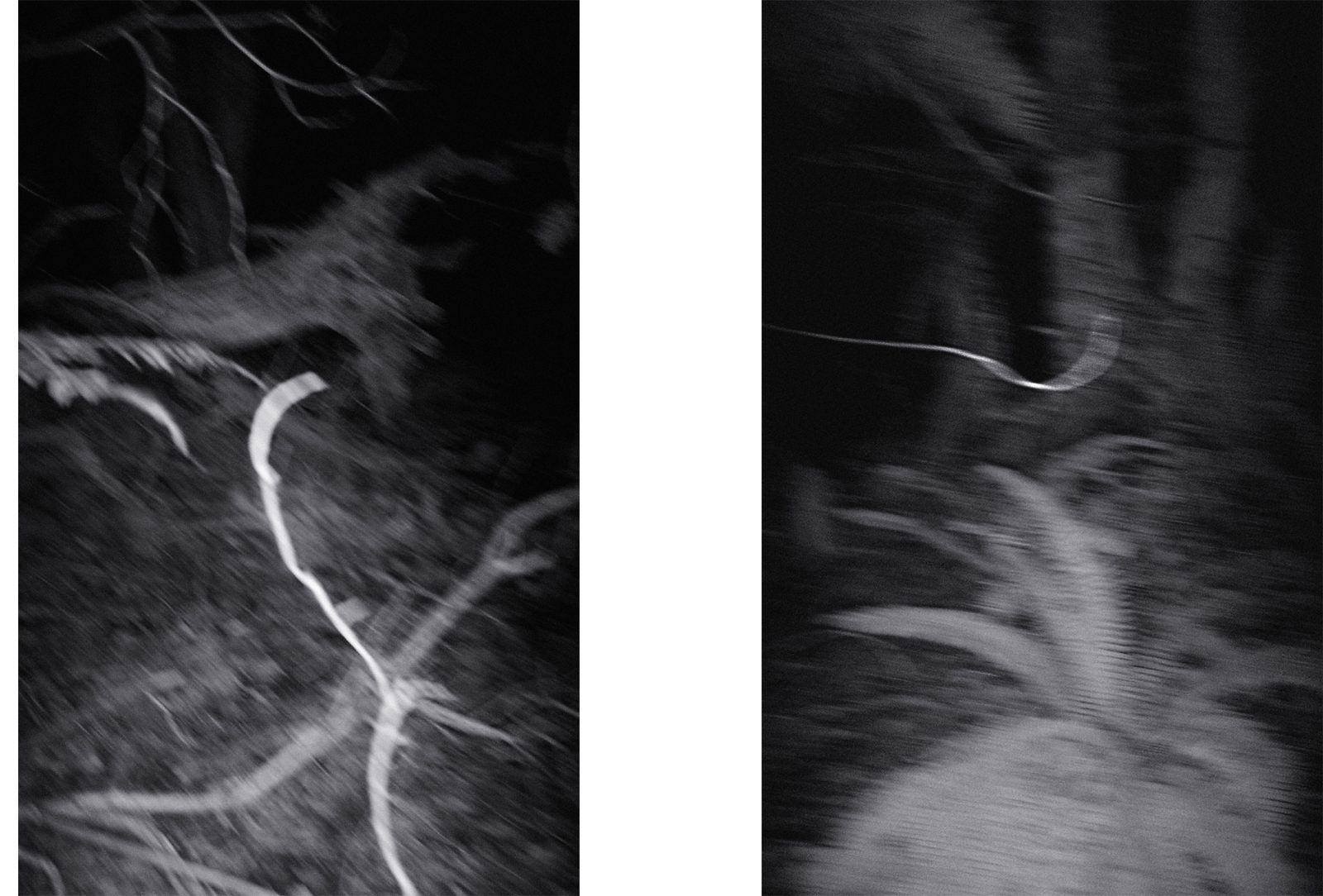
Pigment print on Canson Baryta paper
610 x 395 mm each
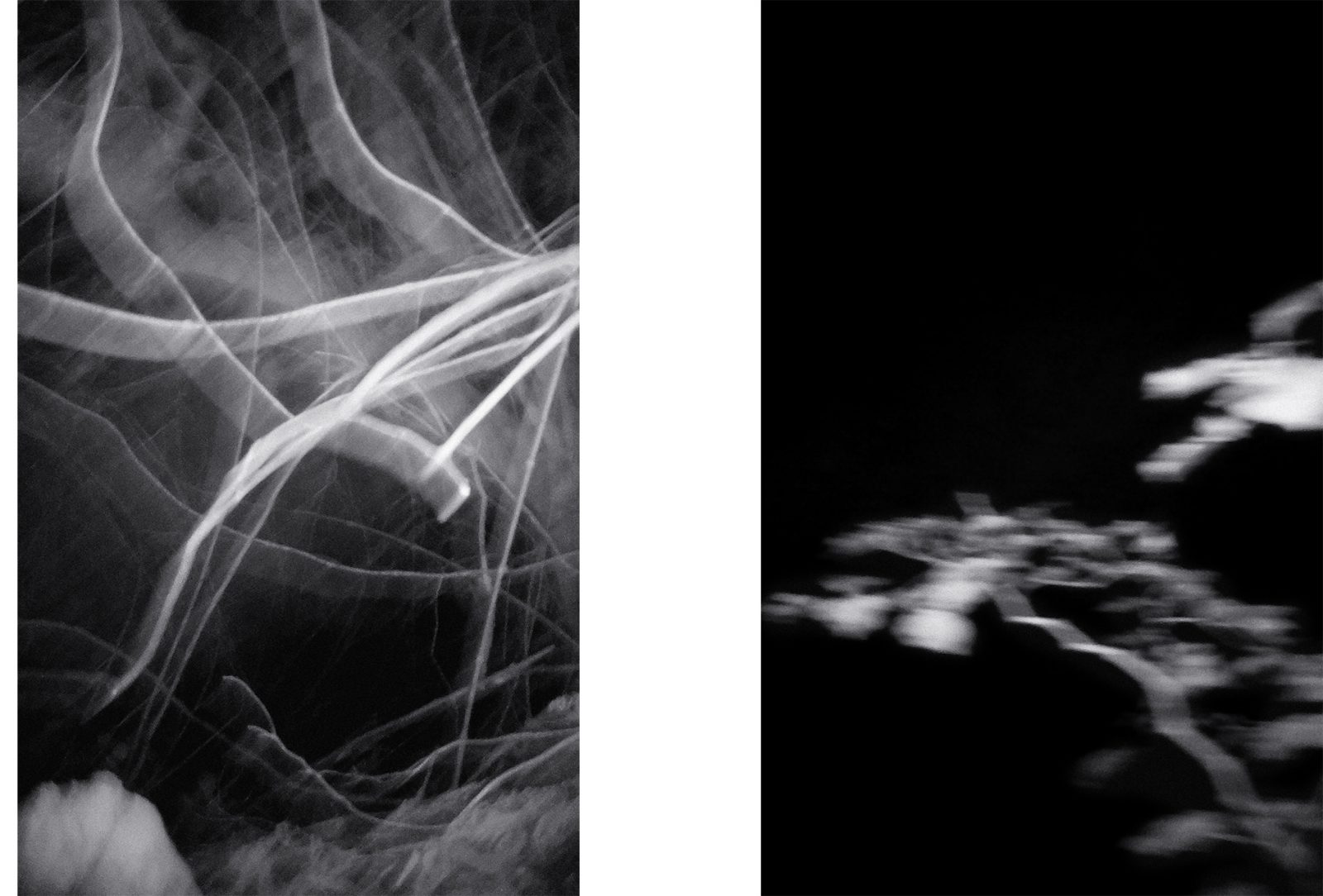
Pigment print on Canson Baryta paper
610 x 395 mm each
Edition of 7
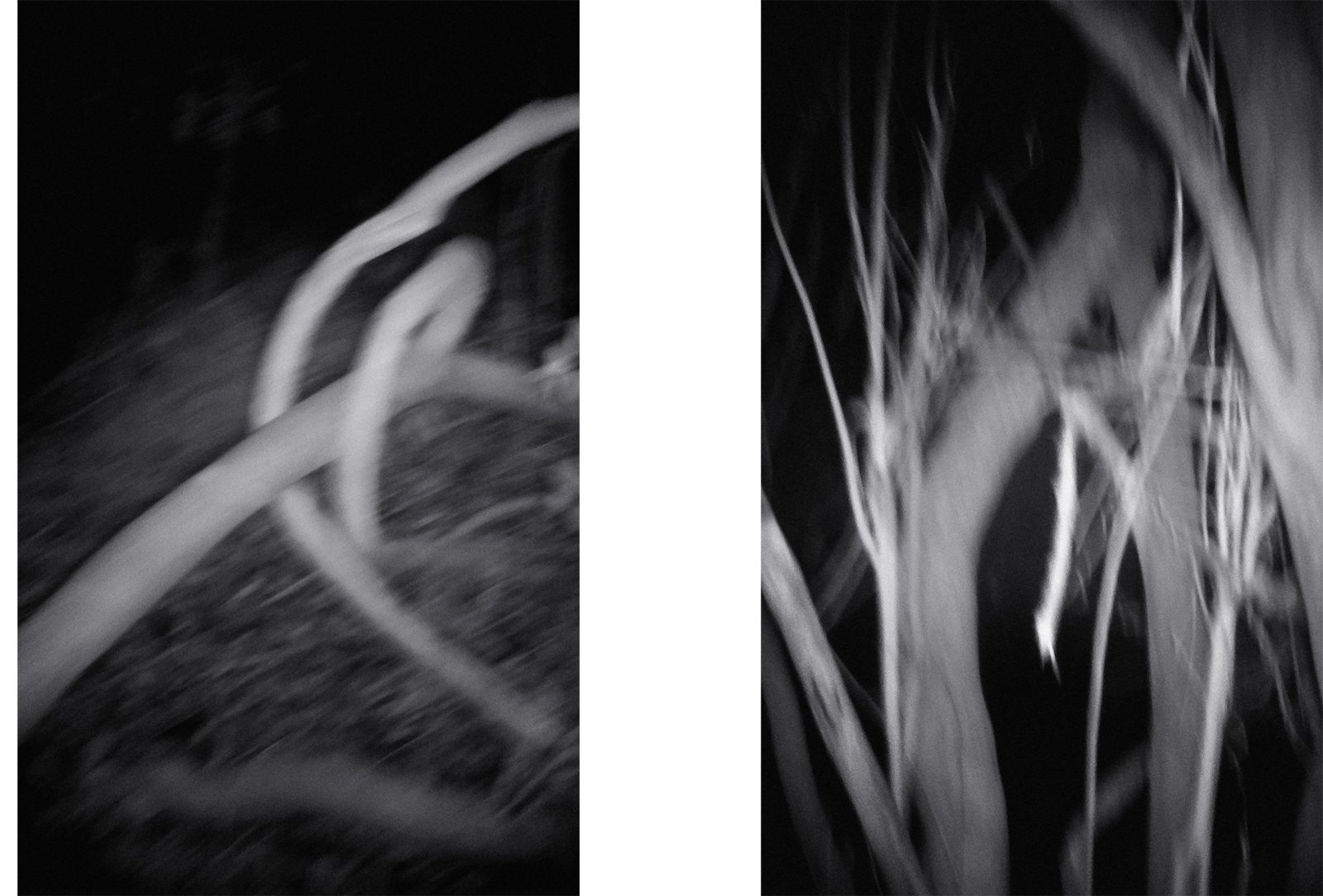
Pigment print on Canson Baryta paper
610 x 395 mm each